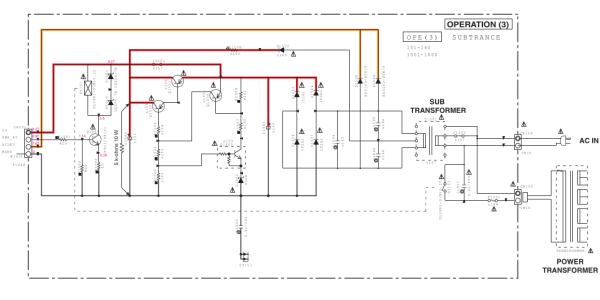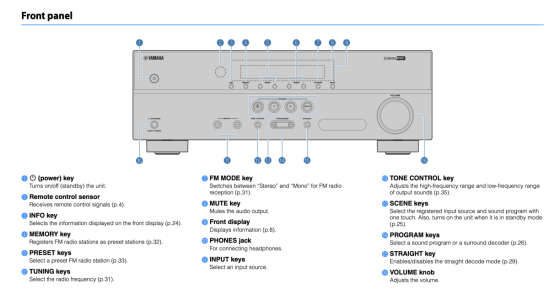In my case, the unit does not turn on, even in self-diagnostic mode by pressing Info + Tone Control + Power. There is no click sound from the relay whatsoever.
So far, I have verified that the standby voltage is flowing through and even the CPU is receiving it (+3.3M is what it is called on the schematics). S9 has 9+ voltage which is the output from standby power supply. Power button is good and shows continuity when pressed. Main transformer is also showing some resistance so that means it is not open.
What is not working is that the main transformer not getting the AC voltage, that goes through fuse and then relay, that is why I suspect these 2 to be an issue, next when I get time I am going to test these 2. If these 2 are good then it can become a complex matter, but the unit is used very less and I strongly feel the power relay switch to be a problem because in the past I had to press power button couple of times before it would turn on.



